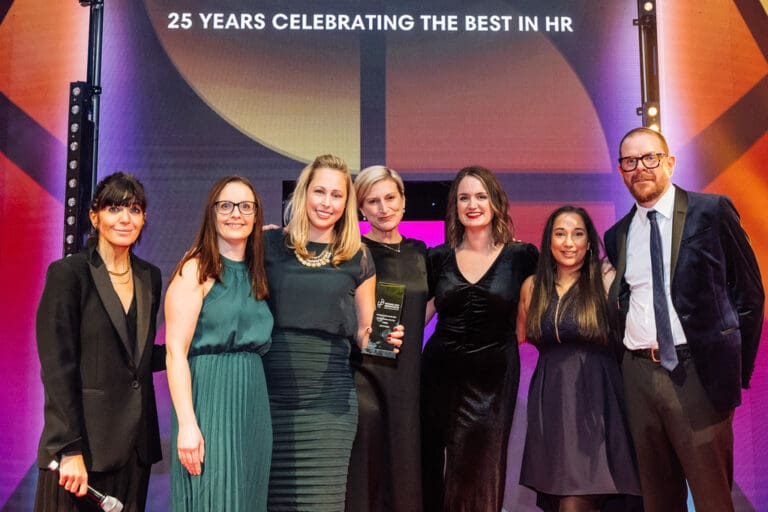For those wanting a role that makes a real difference to the lives of others, Health and Social Care is bursting with opportunities.
From the NHS, to council run services and private companies, there’s no shortage of jobs for people at every level; in fact, Health and Social Care is the second largest employer in the UK, employing approximately 4 million people.
Vital and vast, however, the recruitment challenges it faces are significant.
Political and social pressures will continue to have an impact, and the traditional recruitment issues of high churn, high volume, and lack of skilled candidates will remain prevalent.
As a whole, Health and Social Care is predicted to continue growing, increasing competition for candidates significantly.

The 2018/9 King’s Fund Report stated that 1.2 million people (FTE) work for the NHS in the UK, 1.3 million work in adult social care and 46,000 work in private healthcare; this equates to 10% of the working population of the country.
It’s estimated that 5% of the total NHS workforce is from Europe, with 10% of registered doctors and 4% registered nurses being EU immigrants – and that approximately 104,000 people working in the Adult Care sector in the UK are also from the EU.
Now, as much as I’d like to avoid the subject, we can’t talk about the challenges of recruiting in healthcare without mentioning Brexit (sorry!).
The King’s Fund report that 1 in 11 NHS jobs are currently vacant and vacancies in adult social care are rising, with around 1 in 10 social worker and 1 in 11 care worker roles currently unfilled.
This equates to an existing deficit of around 210,000 people.
Depending on what happens with the awarding of ‘settled status’ to EU nationals post-Brexit, that number could rise significantly if European healthcare professionals leave the UK en masse.
The Challenge of volume and scarcity
Whether you’re recruiting medical practitioners, nursing assistants, care workers or home carers – within the NHS or for a private provider – one of the main challenges you’ll face is dealing with the sheer volume of roles to fill and the volume of applicants.
In addition to the challenge of volume, each role is nuanced – whether you’re talking about the skills and attributes required, or working patterns – so despite the volume of applications received, many are unsuitable because of basic requirements.
This unique issue makes response handling critical; it’s essential you balance speed of process with candidate experience – the ability of your team to be pro-active cannot be underestimated, but your resource must be utilised in the right ways to succeed.
The final challenge I want to touch on is availability of candidates during the recruitment process.
Many candidates will already be working shift patterns and so, will be unreachable during the traditional working day. Many will also be based internationally because an increase in vacancies will, in part, be met with increased International recruitment drives.
This unavailability adds an extra challenge when processes so often require a level of confirmation and re-iteration of the basic requirements early in the process.
So how do we even begin to tackle these rather large challenges?
The good news is that solutions exist and they’re not that complex; the key is to first understand what you can affect and what you can’t.
We do this with our clients every day – we look at how Meet & Engage technology can help overcome specific challenges and achieve outcomes which meet the needs of both recruiter and candidate.
In the case of Health and Social Care, we can’t fix the political situation, but we do have proven solutions for managing complex volume recruitment processes.
Automation is your friend
As previously mentioned, healthcare recruiters often receive a huge number of applications but still struggle to fill roles.
A substantial amount of time is spent talking to candidates to confirm the basics, only to regret a high percentage due to simple factors like not having a driving license;
one private healthcare company I’ve spoken with receives around 7,500 applications for care workers a month and rejects on average 40% of these because of a lack of driving license alone!
Each of these applicants will have received a phone call – That’s a lot of time spent on unsuitable applicants, especially when you know you can’t speak with every qualified applicant. This is where automation comes in.
Our Candidate Experience Chatbots have shown that candidates don’t mind automation providing it feels purposeful, personal and ultimately, like it’s delivering a benefit to them, as well as the business they are applying to.

In the case of the above-mentioned business, utilising a pre-application bot to highlight the need for a driving license could discourage around 3,000 people a month or 36,000 people a year from applying.
This alone could save around 6,000 hours – or 800 days – of recruiter time a year, assuming each screen takes 10 minutes (based on receiving 7,500 applications per month, or 90,000 per year). That is no small time saving.
Following up with a screening bot could save you an additional 9,000 hours – or 1,200 days – of recruiter time a year based on screening 54,000 applications (7,500 applications per month, minus the 40% regretted via the previous Bot).
An added benefit of utilising an always-on solution is you’ll reduce the number of candidates withdrawing from the process due to unavailability during the typical working day. If this number is at 25-30%, this could equate to an additional 16,200 candidates being screened per year.
The time saved can then be re-directed into the parts of the process which do require human interaction – whether that’s direct sourcing, interview scheduling or working on strategy – any way you cut it, more time means more opportunity to tackle the big stuff.
For advice and guidance on your recruitment challenges and a look at how Meet & Engage can support you, get in touch with me at; jodie.grove@meetandengage.com






